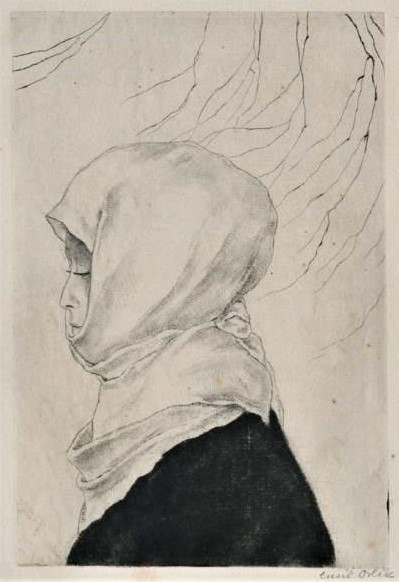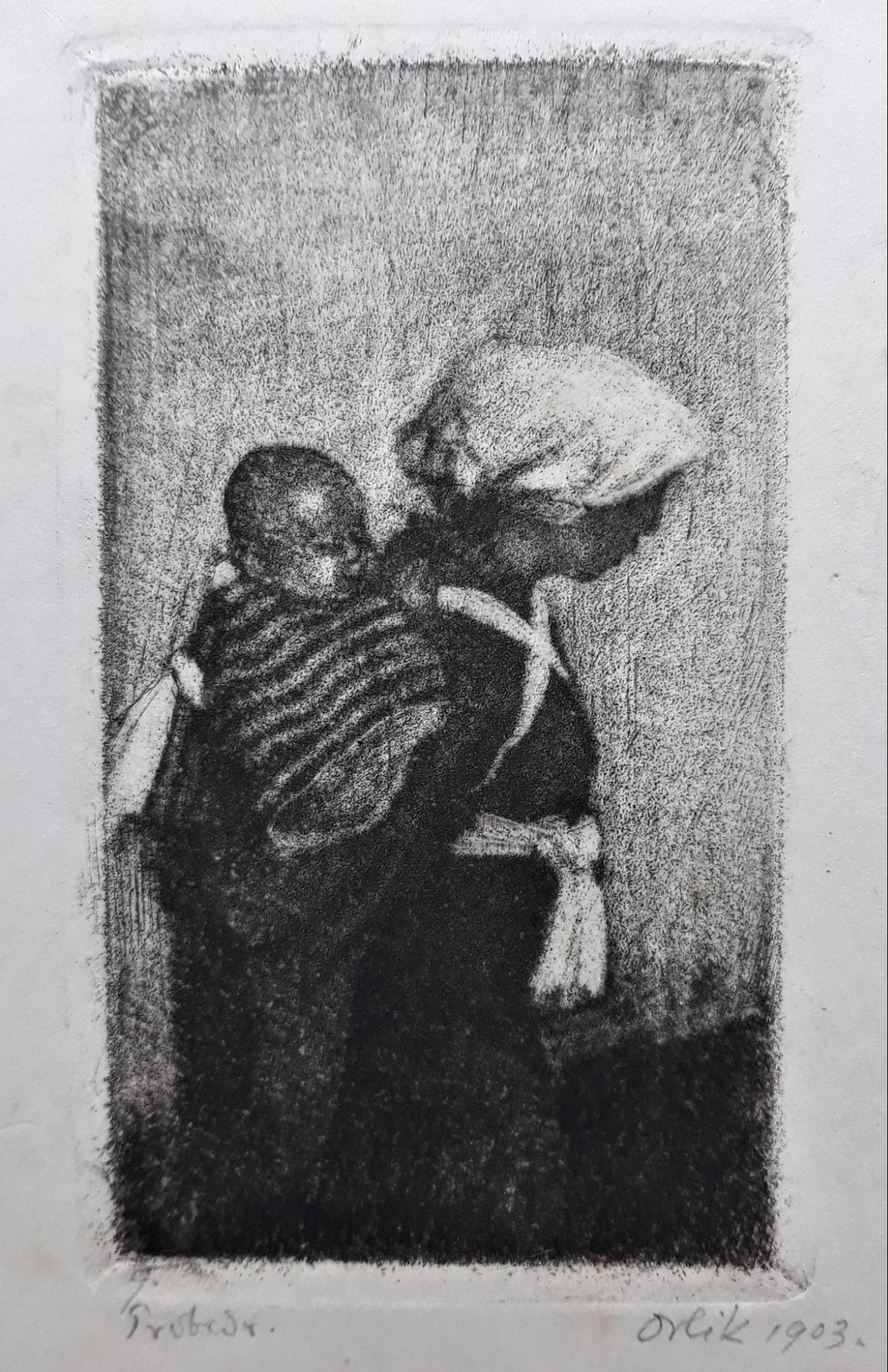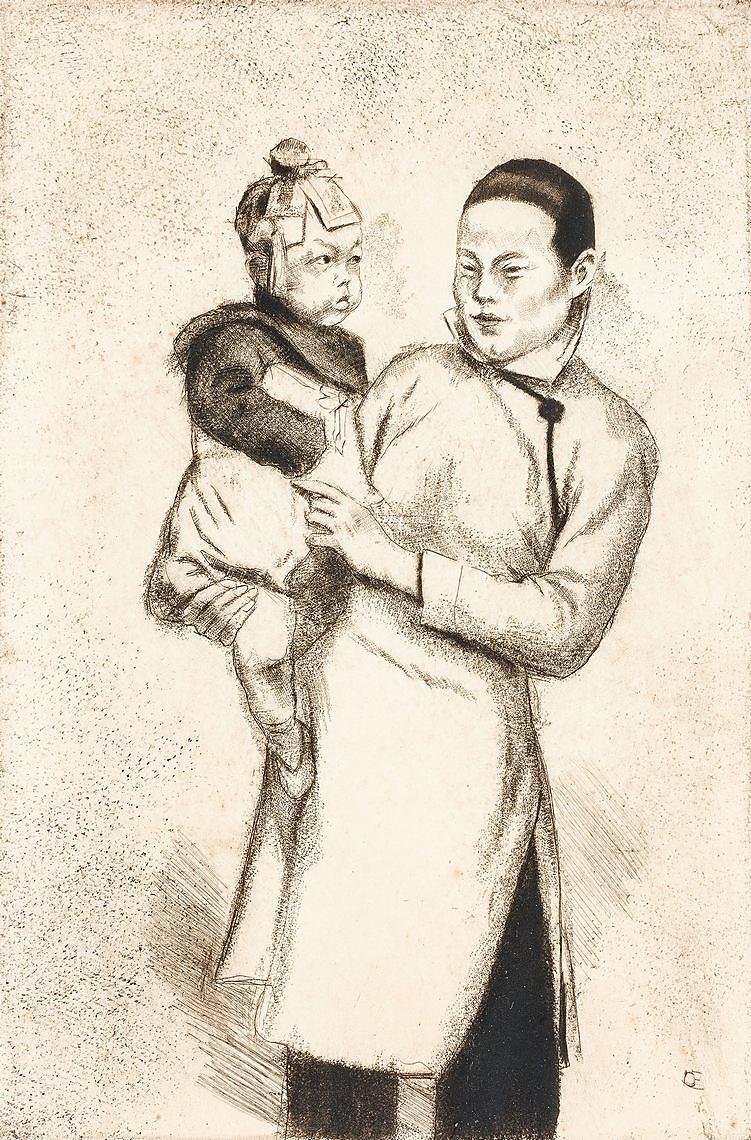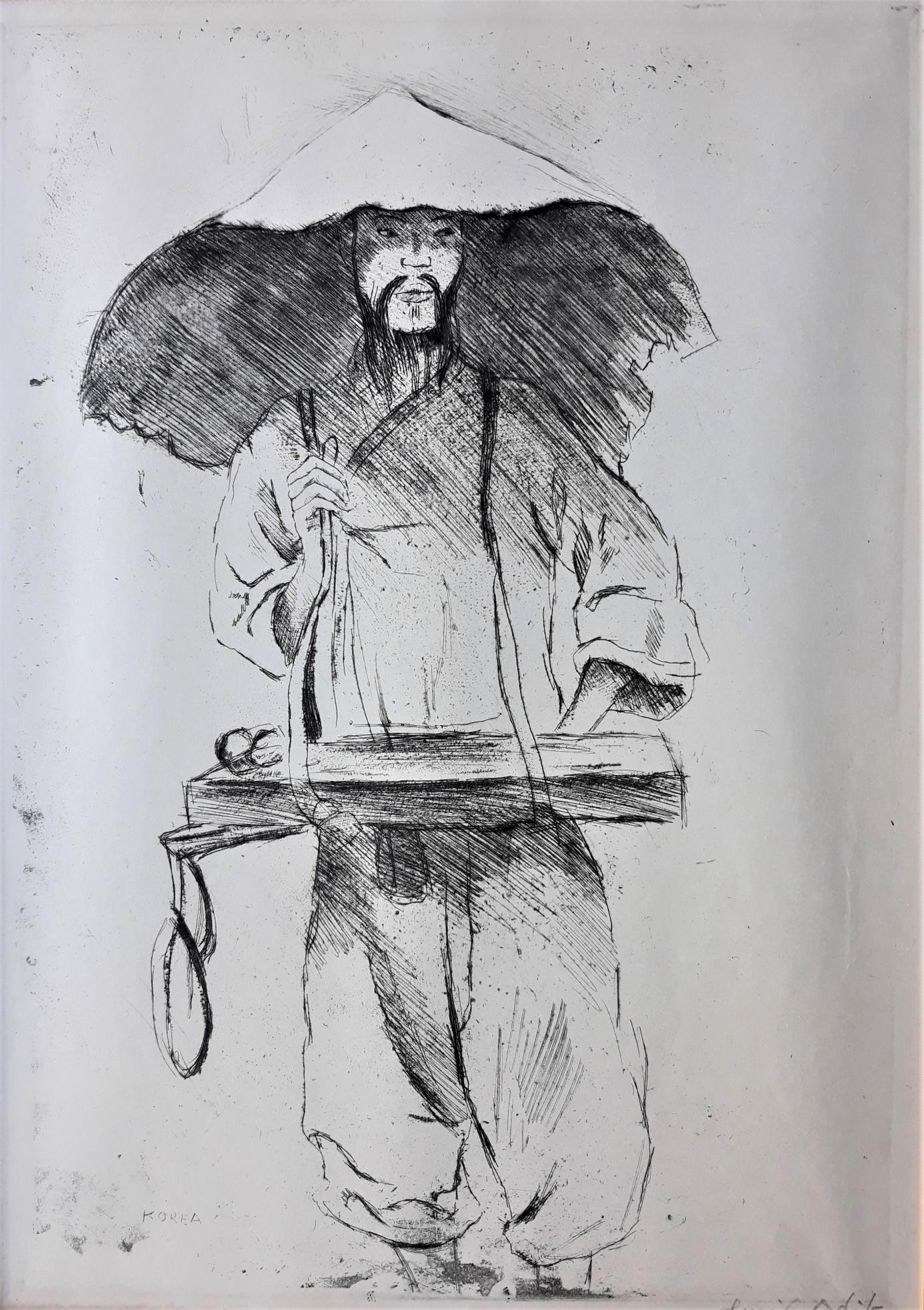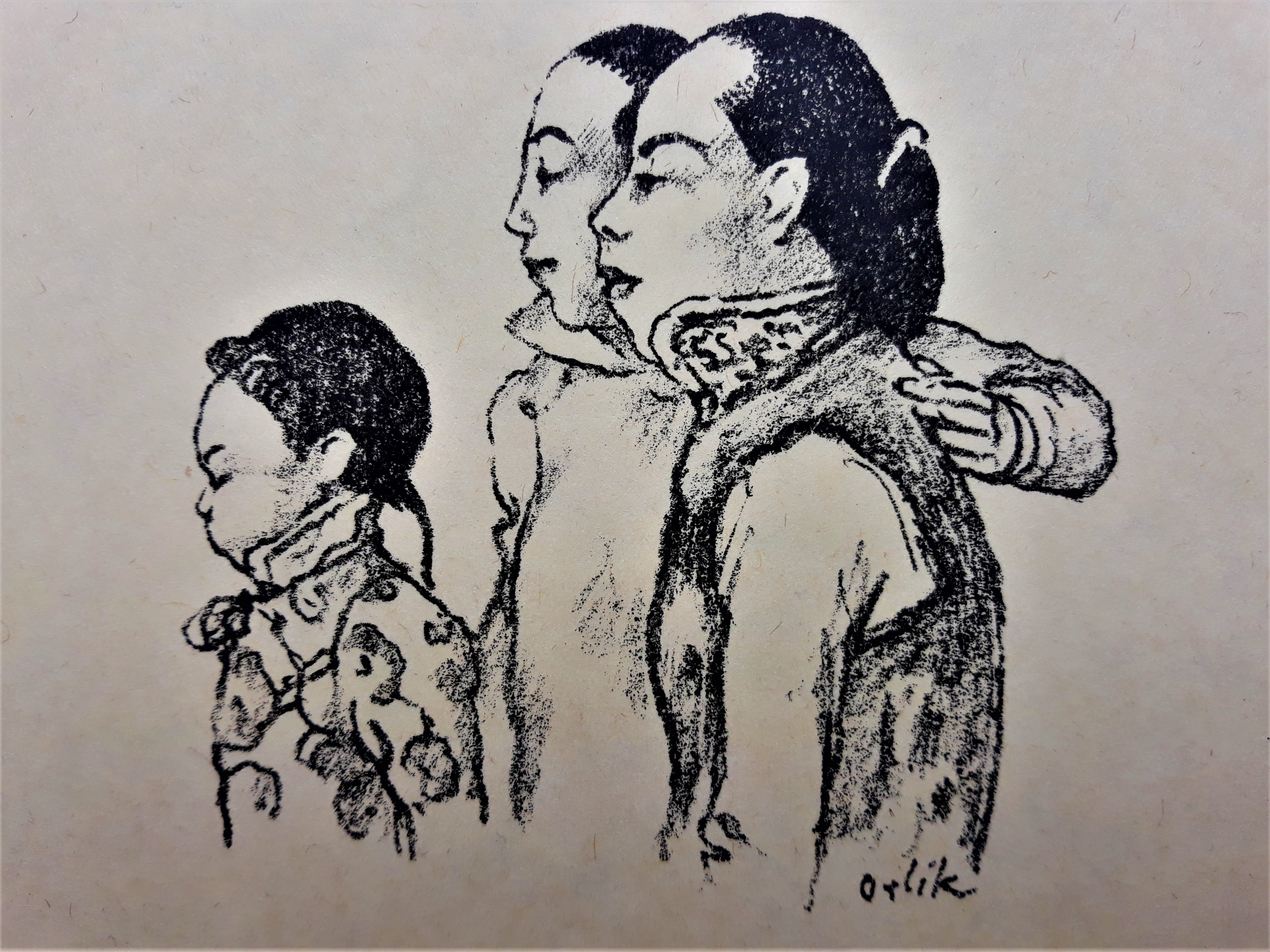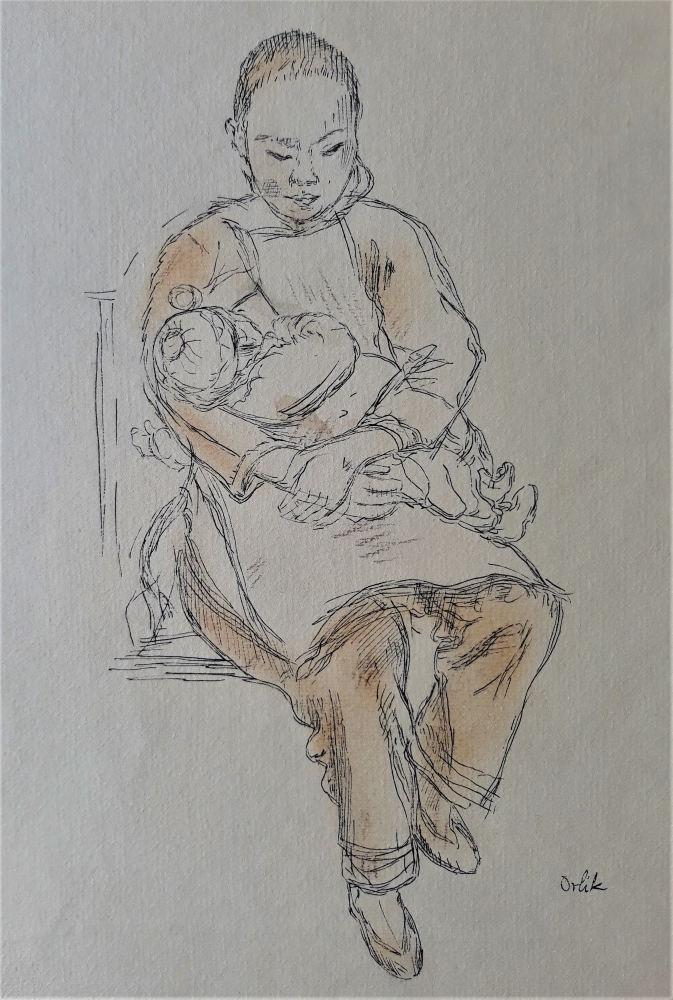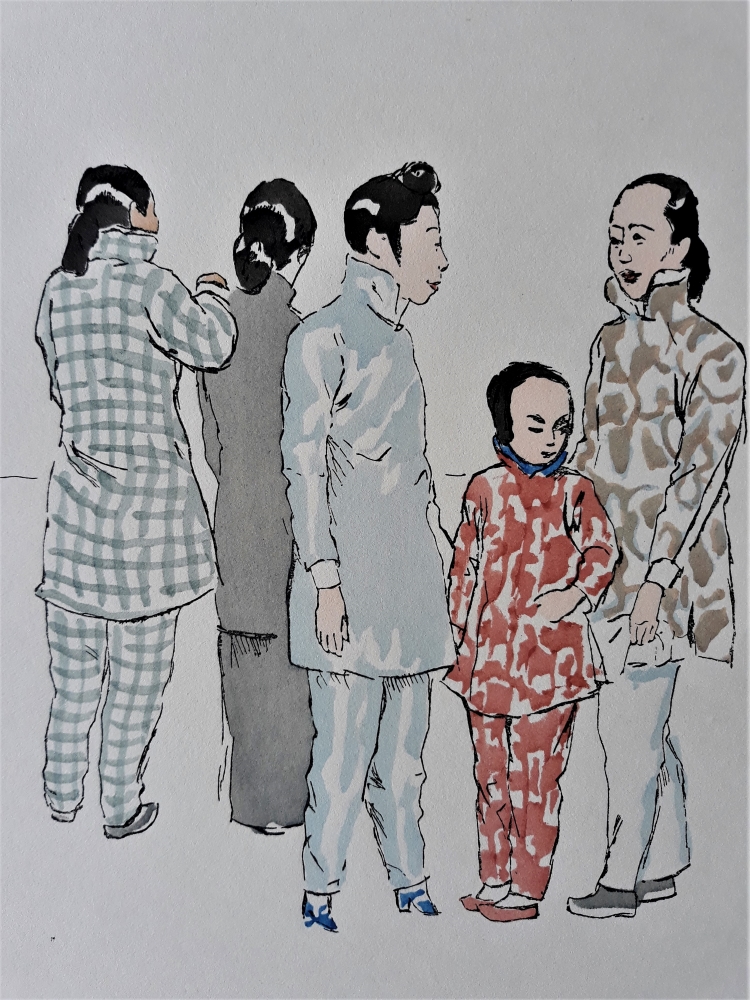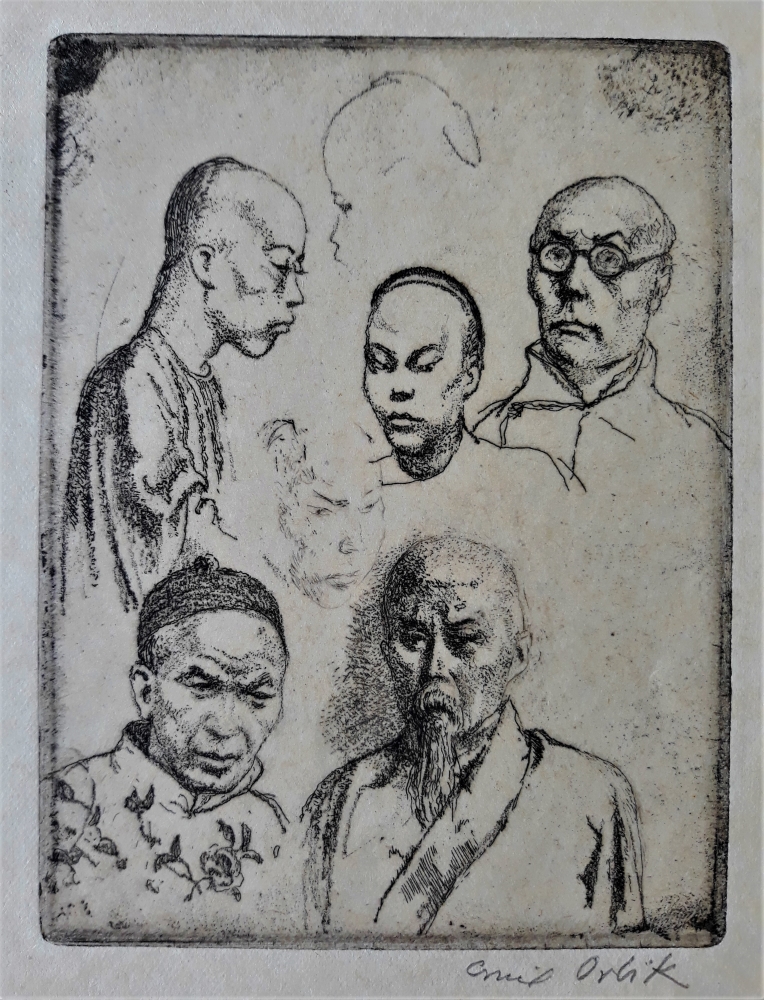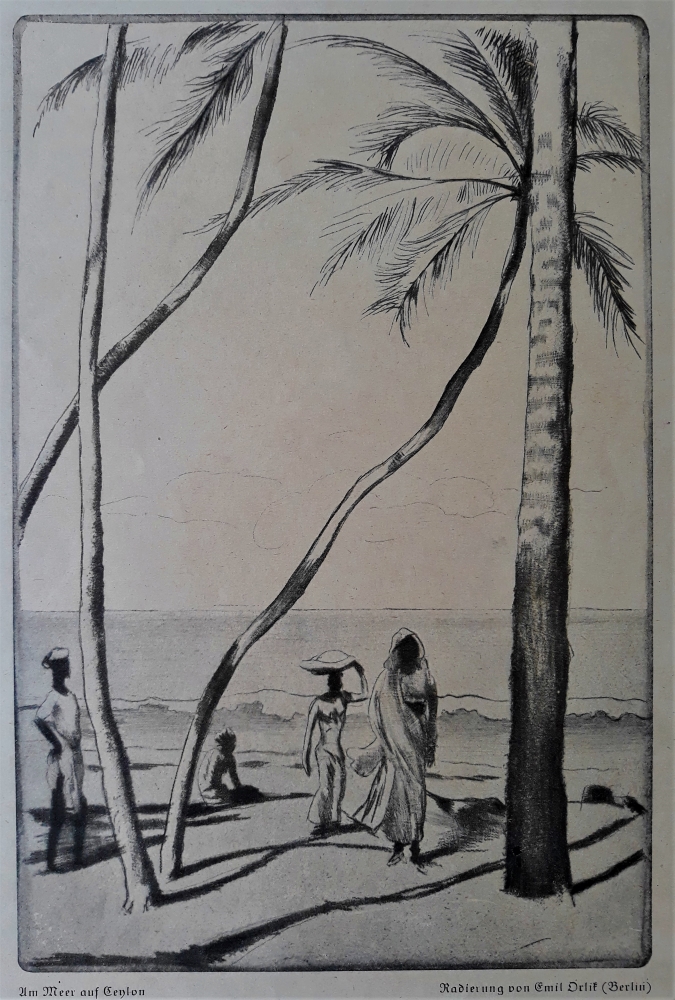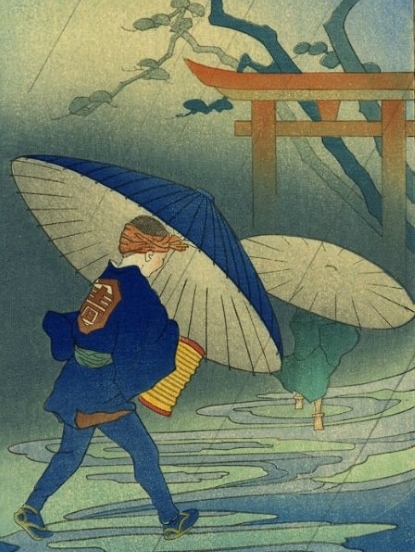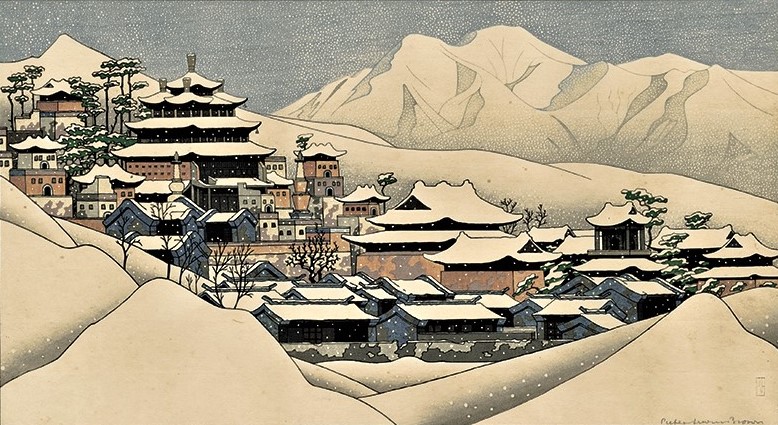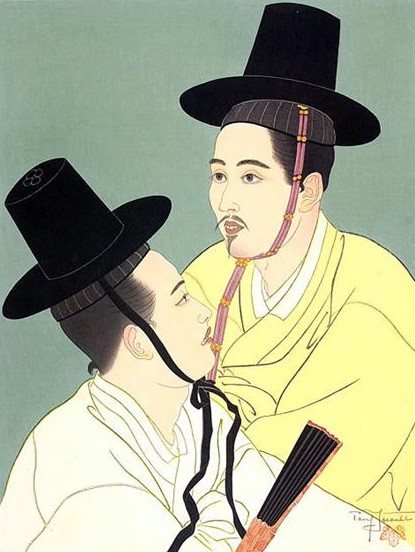EMIL ORLIK (1870-1932)
The personality and work of Emil Orlik are complex and if his "Japanese" side is a secondary aspect of the character, he nevertheless remains a pioneer of Western artistic interest in the Far East and there brings the presence of Germanic Europe, little interested elsewhere in this movement.
Born in 1870 in Prague into a Jewish family, he received his artistic training in Munich. There he became friends with the painter Bernhard Pankok who introduced him to engraving in 1896, and with the poet Rainer Maria Rilke, who devoted an article to him in the famous review Ver Sacrum, official organ of the Viennese Secession, Austrian version of Art Nouveau that Gustav Klimt has been presiding over since 1898 and to which Orlik adhered the following year.
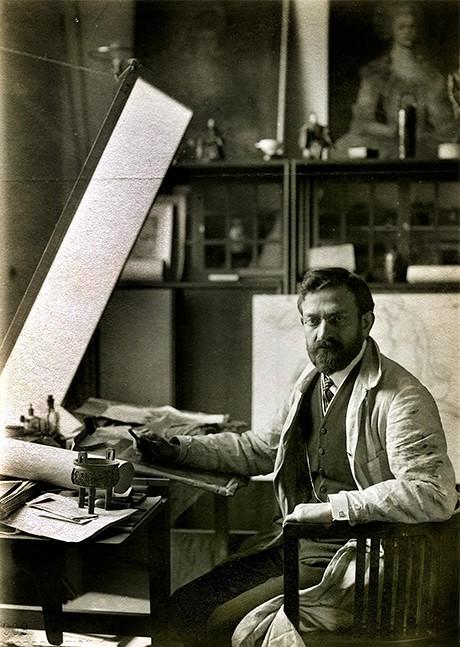
But it was towards Asia that Emil Orlik turned his gaze in 1900, eager to discover “Japanism” then in full swing. His trip allowed him to discover Egypt, India, Ceylon, China before spending a year in Japan, first in Tokyo then, more deeply, in Kyoto, Kamakura, Hakone and on the island of Enoshima. Anxious to discover the real secrets of the Japanese print that fascinated European painters so much, he was the first Westerner to learn the technique of wood engraving. He provided the first advice to the young American Helen Hyde who, arrived a few months after him, continued the same research. This Asian stay, which he renewed in 1912, gave birth to dozens of engravings, paintings, drawings and illustrations which qualify him to be one of the pioneers of the Far Eastern movement.
However, he did not devote the rest of his work to it and took advantage of his appointment as professor at the University of the Arts in Berlin in 1904 to benefit from a stability which allowed him to direct his creation in many directions and different modes of expression, while portraying many intellectual personalities from the Germanic world, always in close communion with the flourishing European artistic movements of his time.
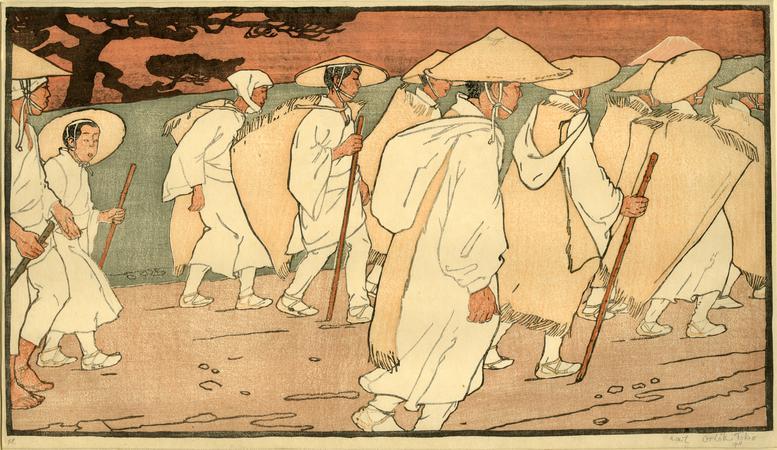
Bibliography :
- Meister der Zeichnung, Orlik, von Dr Hans W. Singer, Verlag Von Baumgartner Buchhandlung, Leipzig, 1914
- Chinesische Abende. Novellen und Geschichten, de Leo Greiner et illustré par Emil Orlik, Erich Reiss, Berlin, 1913
- Emil Orlik-Graphic, im Berliner Kupferstichkabinett, de Margret Schütte, Staatliche Museen Preussischer Kulturbesitz, Berlin, 1983
The collection
